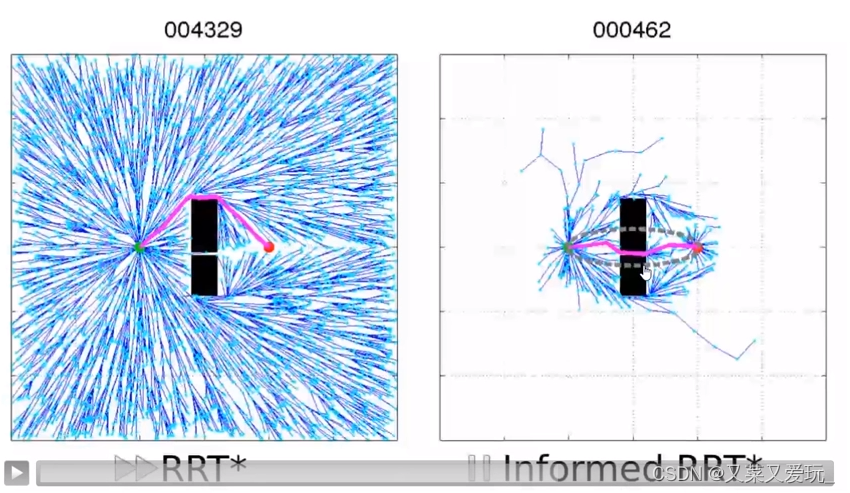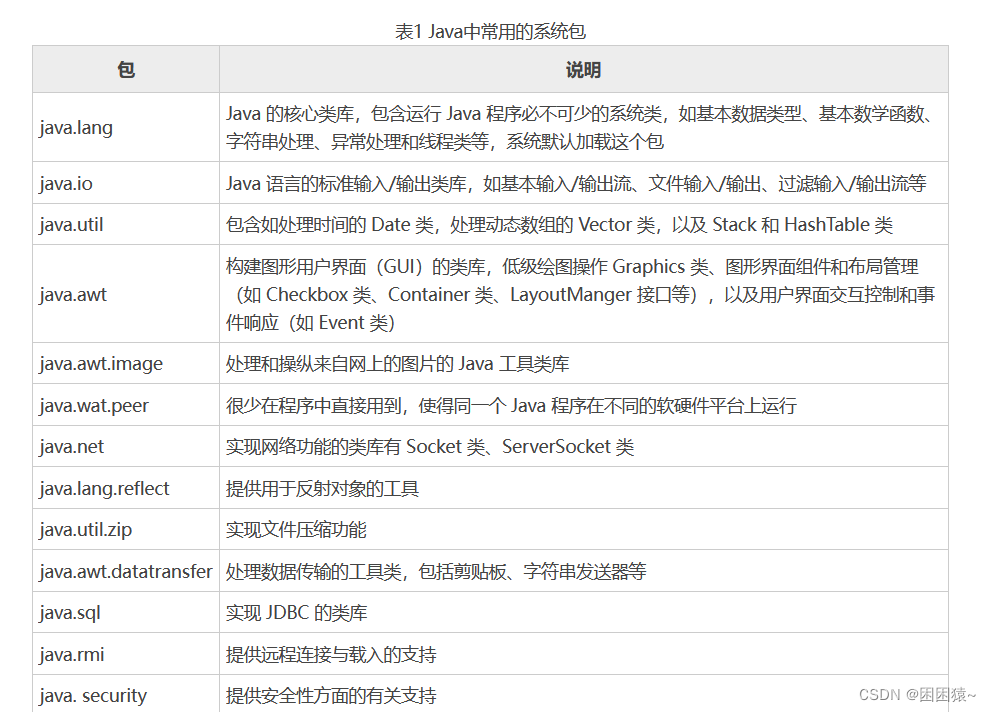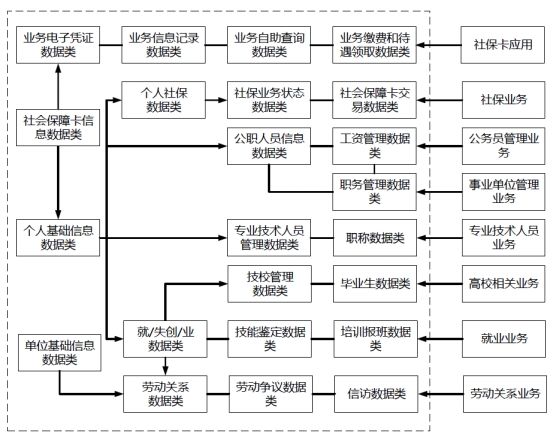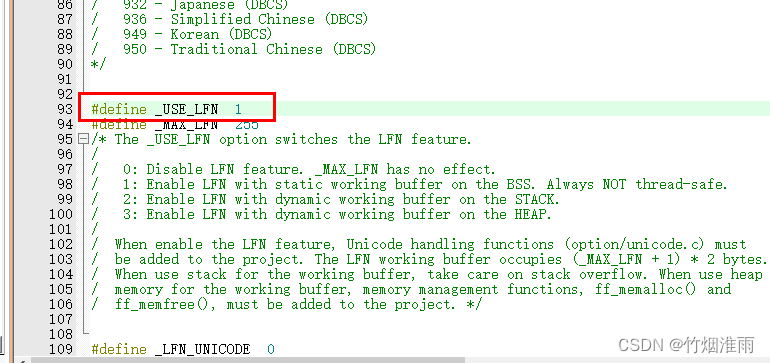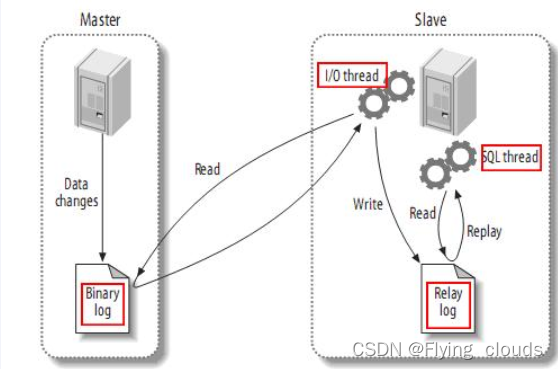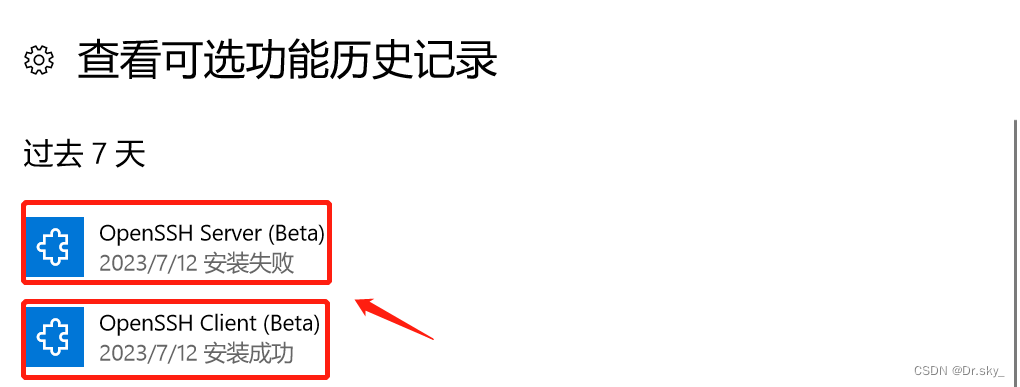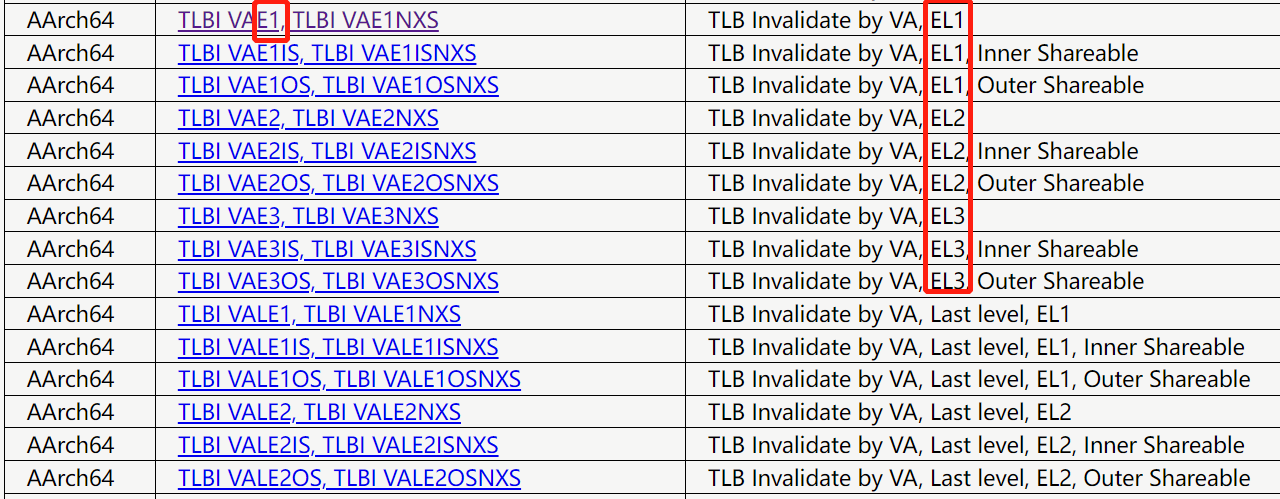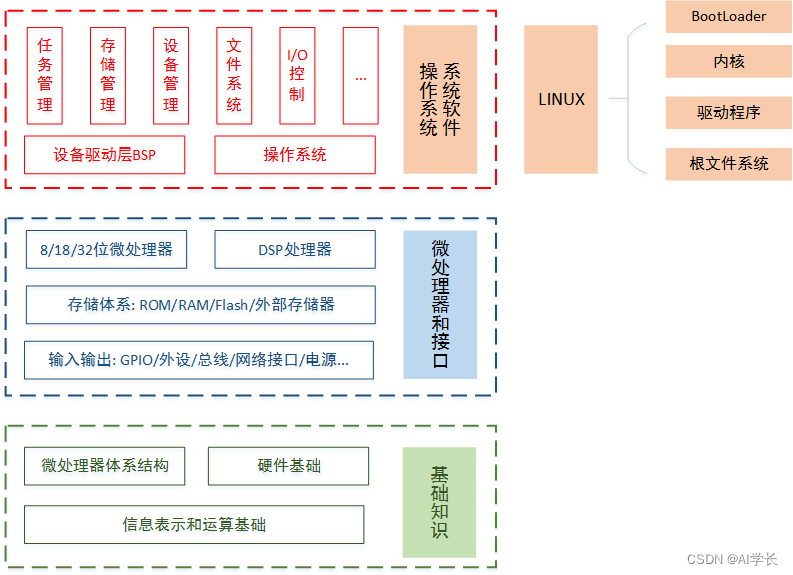#拓展
获取泛型信息
反射操作泛型:

package reflection;
import java.lang.reflect.Method;
import java.lang.reflect.ParameterizedType;
import java.lang.reflect.Type;
import java.util.List;
import java.util.Map;
//通过反射获取泛型
public class Test06{
public void test01(Map<String,User> map, List<User> list){
System.out.println("test01");
}
public Map<String,User> test02(){
System.out.println("test02");
return null;
}
public static void main(String[] args) throws NoSuchMethodException {
Method method = Test06.class.getMethod("test01", Map.class, List.class);
Type[] genericParameterTypes = method.getGenericParameterTypes();
for (Type genericParameterType : genericParameterTypes){
System.out.println("#"+genericParameterType);
if(genericParameterType instanceof ParameterizedType){
Type[] actualTypeArguments = ((ParameterizedType) genericParameterType).getActualTypeArguments();
for (Type actualTypeArgument : actualTypeArguments){
System.out.println(actualTypeArguments);
}
}
}
method = Test06.class.getMethod("test02",null);
Type genericReturnType = method.getGenericReturnType();
if(genericReturnType instanceof ParameterizedType){
Type[] actualTypeArguments = ((ParameterizedType)genericReturnType).getActualTypeArguments();
for(Type actualTypeArgument : actualTypeArguments){
System.out.println(actualTypeArgument);
}
}
}
}

获取注解信息:
了解什么是ORM
Object relationship Mapping ---->对象关系映射

要求:利用注解和反射完成类和表结构的映射关系
package reflection;
import java.lang.annotation.*;
import java.lang.reflect.Field;
//练习反射操作注解
public class Test07 {
public static void main(String[] args) throws ClassNotFoundException, NoSuchFieldException {
Class c1 = Class.forName("reflection.Student2");
//通过反射获得注解
Annotation[] annotations = c1.getAnnotations();
for (Annotation annotation : annotations){
System.out.println(annotation);
}
//获得注解value的值
TableZ tableZ = (TableZ)c1.getAnnotation(TableZ.class);
String value = tableZ.value();
System.out.println(value);
//获得类指定的注解
Field f = c1.getDeclaredField("name");
FieldZ annotation = f.getAnnotation(FieldZ.class);
System.out.println(annotation.columnName());
System.out.println(annotation.type());
System.out.println(annotation.length());
}
}
@TableZ("db_student")
class Student2{
@FieldZ(columnName = "db_id",type = "int",length = 10)
private int id;
@FieldZ(columnName = "db_age",type = "int",length = 10)
private int age;
@FieldZ(columnName = "db_name",type = "varcher",length = 3)
private String name;
@Override
public String toString() {
return "Student2{" +
"id=" + id +
", age=" + age +
", name='" + name + '\'' +
'}';
}
public int getId() {
return id;
}
public void setId(int id) {
this.id = id;
}
public int getAge() {
return age;
}
public void setAge(int age) {
this.age = age;
}
public String getName() {
return name;
}
public void setName(String name) {
this.name = name;
}
public Student2(int id, int age, String name) {
this.id = id;
this.age = age;
this.name = name;
}
public Student2() {
}
}
//类名的注解
@Target(ElementType.TYPE)
@Retention(RetentionPolicy.RUNTIME)
@interface TableZ{
String value();
}
//属性的注解
@Target(ElementType.FIELD)
@Retention(RetentionPolicy.RUNTIME)
@interface FieldZ{
String columnName();
String type();
int length();
}
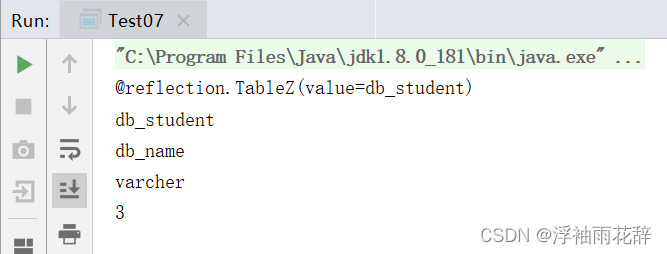
field.getAnnotation是Java中的一个方法,用于获取一个字段的注解。它可以通过反射机制获取指定字段上的注解信息,并返回一个Annotation对象。在使用该方法时,需要传入一个注解类型的Class对象作为参数,以指定要获取的注解类型。如果指定的字段上没有该注解,则返回null。
Class.getAnnotations() 获取所有的注解,包括自己声明的以及继承的
Class.getAnnotation(Class< A > annotationClass) 获取指定的注解,该注解可以是自己声明的,也可以是继承的
Class.getDeclaredAnnotations() 获取自己声明的注解


